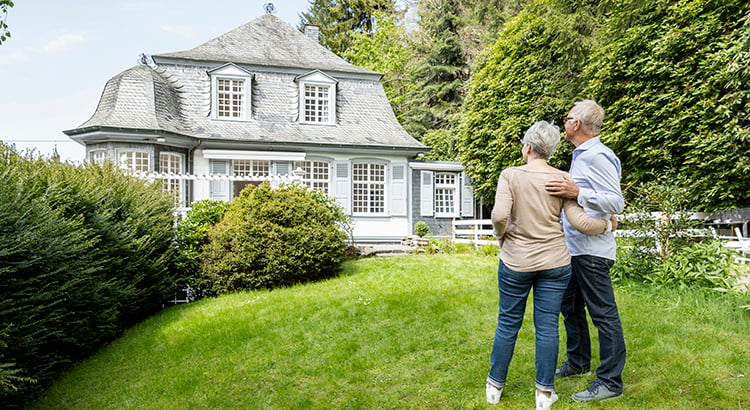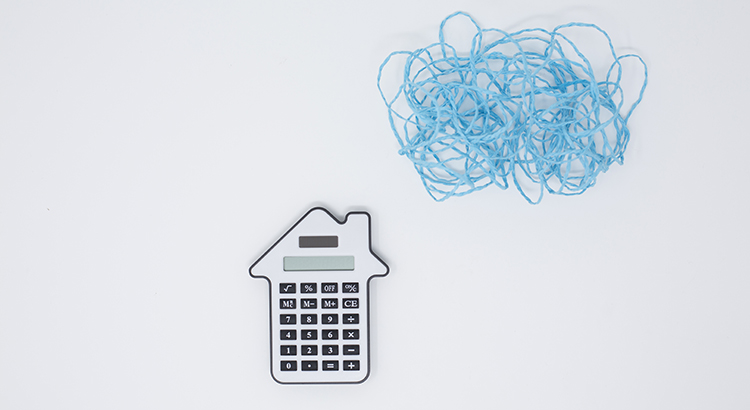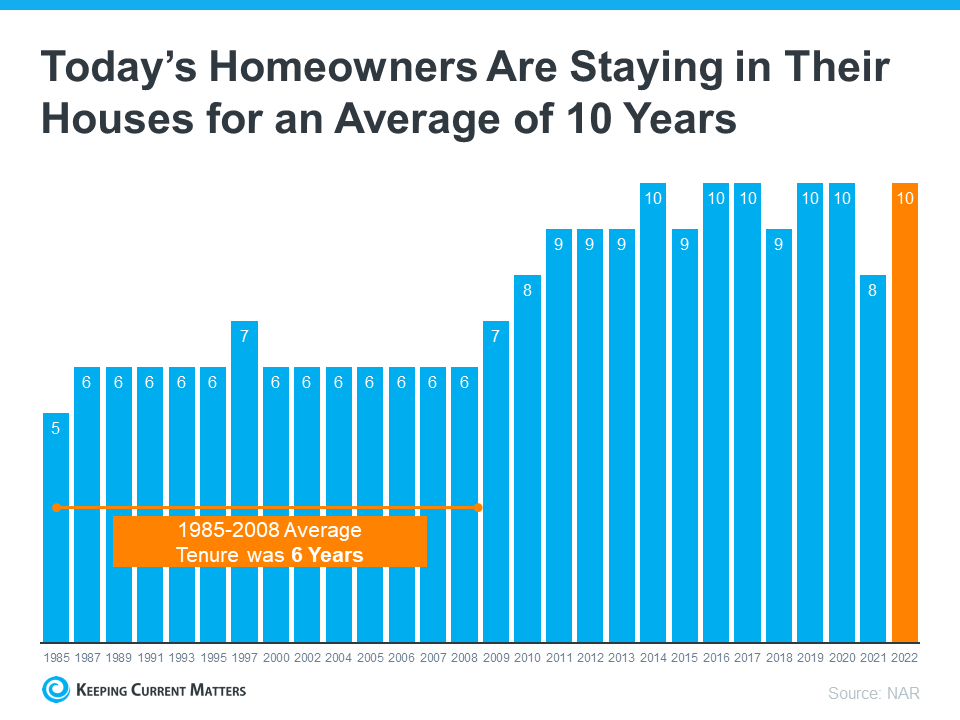
Last year, the Federal Reserve took action to try to bring down inflation. In response to those efforts, mortgage rates jumped up rapidly from the record lows we saw in 2021, peaking at just over 7% last October. Hopeful buyers experienced a hit to their purchasing power as a result, and some decided to press pause on their plans.

![Key Terms To Know When Buying a Home [INFOGRAPHIC] Simplifying The Market](https://terceroagency.com/wp-content/uploads/2023/01/Key-Terms-To-Know-When-Buying-A-Home-KCM.png)
![Key Terms To Know When Buying a Home [INFOGRAPHIC] | Simplifying The Market](https://terceroagency.com/wp-content/uploads/2023/01/Key-Terms-To-Know-When-Buying-A-Home-MEM.png)

 There’s no doubt today’s housing market is very different than the frenzied one from the past couple of years. In the second half of 2022, there was a dramatic shift in real estate, and it caused many people to make comparisons to the 2008 housing crisis. While there may be a few similarities, when looking at key variables now compared to the last housing cycle, there are significant differences.
There’s no doubt today’s housing market is very different than the frenzied one from the past couple of years. In the second half of 2022, there was a dramatic shift in real estate, and it caused many people to make comparisons to the 2008 housing crisis. While there may be a few similarities, when looking at key variables now compared to the last housing cycle, there are significant differences.
 Home equity has been a hot topic in real estate news lately. And if you’ve been following along, you may have heard there’s a growing number of homeowners with negative equity. But don’t let those headlines scare you.
Home equity has been a hot topic in real estate news lately. And if you’ve been following along, you may have heard there’s a growing number of homeowners with negative equity. But don’t let those headlines scare you.
 If you’re thinking about buying or selling a home soon, you probably want to know what you can expect from the housing market this year. In 2022, the market underwent a major shift as economic uncertainty and higher mortgage rates reduced buyer demand, slowed the pace of home sales, and moderated home prices. But what about 2023?
If you’re thinking about buying or selling a home soon, you probably want to know what you can expect from the housing market this year. In 2022, the market underwent a major shift as economic uncertainty and higher mortgage rates reduced buyer demand, slowed the pace of home sales, and moderated home prices. But what about 2023?
![[:en]Your Market Knowledge Will Determine Your Success in 2023 [LIVE WEBINAR][:] Simplifying The Market](https://terceroagency.com/wp-content/uploads/2023/01/webinar-january-WP-Featured-Image.png) [:en]
[:en]![Your Market Knowledge Will Determine Your Success in 2023 [LIVE WEBINAR] | Keeping Current Matters](https://terceroagency.com/wp-content/uploads/2023/01/webinar-january-Ad-Overlay.png) [:]
[:]![Tips To Reach Your Homebuying Goals in 2023 [INFOGRAPHIC] Simplifying The Market](https://terceroagency.com/wp-content/uploads/2023/01/Tips-To-Reach-Your-Homebuying-Goals-in-2023-KCM-Share.png)
![Tips To Reach Your Homebuying Goals in 2023 [INFOGRAPHIC] | Keeping Current Matters](https://terceroagency.com/wp-content/uploads/2023/01/Tips-To-Reach-Your-Homebuying-Goals-in-2023-NM.jpg)
